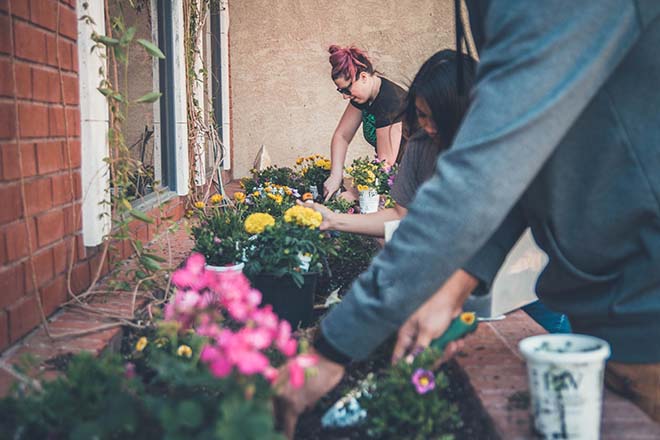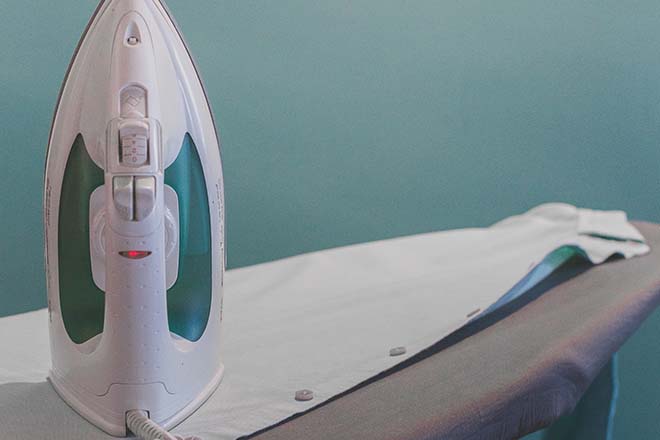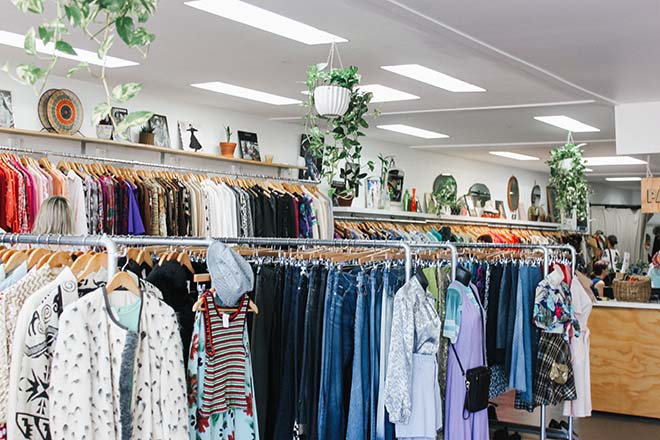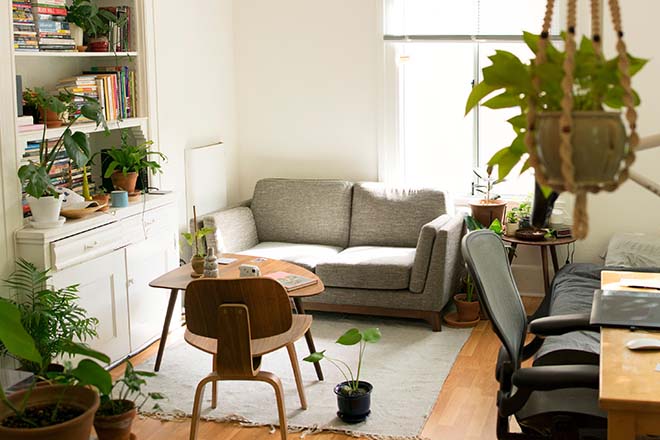6 Real-Life Ways to Live A More Sustainable Lifestyle
Let the transformation to full-blown eco-warrior commence.


Join Australia’s greenest power company (as ranked by Greenpeace).
While it can be easy to become despondent about the state of the environment, there is some good news: sustainability is an achievement we can all unlock (see: the recent uptick of Keep Cup sightings). It’s a good thing, too, because caring for the environment is on all of us.
Of course, it’s about finding the right drive and realising that living sustainably doesn’t have to equate to sacrifice (unless you’re making sculptures out of plastic straws on a daily basis).
So, here’s six easy, real-life ways to help the environment. Let the transformation to full-blown eco-warrior commence.
#1 Switch Up Your Energy Provider
We know you may not want to hear this, but it’s time to remove proverbial heads from the proverbial sand, because your energy provider might not be what it says it is. Data released in 2017 shows leading energy companies are responsible for nearly half of carbon emissions in Australia.
The good news, though, is that consumers like us have options. Switching to a greener energy provider isn’t just better for the environment – it’s also way easier than many of us imagine. Plus, it may even be cheaper – making the switch could amount to less than the cost of three cups of coffee per week.
If every house in Australia jumped ship to a greener energy supplier, they could reduce their respective emissions by 50 percent, so look into those new contracts ASAP.
#2 Get Involved In The Sharing Economy

Image: Why Kei
The sharing economy and sustainability go together like peanut butter and Turkish bread. You’re part of the share economy if you services like use ride-sharing app Taxify and/or short-term lodging site Airbnb – platforms through which people can rent out goods and services they’re not using to turn a profit.
Aside from the obvious cost-saving benefits of these apps and services (just don’t look at your Uber transactions from the weekend to keep up this illusion), the sharing economy has had real effects on the environment. While it’s too early to tell whether or not ride-sharing apps mean less cars on the road overall, researchers have posited that people are more likely to use public transport if they know they can get home using a service.
Need accommodation? Use Airbnb to find a solar-powered apartment – probably at a fraction of the cost of a hotel. Permission to take a holiday: granted.
#3 Ditch Plastic Straws (And Bottles, While You’re At It)

Image: Tom Pumford
We’ve all seen (read: cried over) that turtle video, so let’s not beat around the bush: if you’re able to, say NO to plastic straws at the café and at the club and you’ll be doing a tiny service to the marine life threatened by discarded straws every single day.
Big retailers like Woolworths are catching on to the trend, too – the supermarket giant announced it will stop selling straws by the end of 2018, a change that will stop 134 million plastic straws going into circulation each year. Good one, Woolworths.
While you’re at it, invest in a reusable drink bottle (and then try not to lose it), because plastic water bottles are the scourge of the earth.
#4 Invest In Energy Efficient Appliances

Image: Filip Mroz
You know those stars on your appliances that you’ve never really taken note of? Now’s the time to figure out what they mean and act accordingly, because your energy-sucking dishwasher isn’t going to move out of your house by itself.
Kitchen and laundry appliances can account for one third of the amount spent on household electricity, but a simple upgrade can help lower costs. Next time you’re shopping for white goods like the grown up you are, look for the number of stars on the appliance – the more stars, the more energy efficient the appliance. Don’t forget to recycle the appliance you’re replacing.
#5 Grow Your Own Vegetables

Image: Markus Spiske
Looking to take that casual farmers’ market obsession to the next level? Become the farmer – at least as far as your household is concerned.
Growing vegetables in the backyard or on your balcony is a great way to reduce your personal carbon footprint and increase your level of preparedness for a zombie apocalypse. Vegetables grown in your own patch haven’t travelled thousands of kilometres (like, 21,073 of them) via freight to get to your mouth and the fact that home-grown veggies instantly cuts nasty fossil fuels out of the process makes them instantly better for the environment. They’re also pesticide-free and they taste better. Everyone wins!
#6 Look For Fair-Trade Labels

Image: Prudence Earl
If the farmer hat doesn’t quite fit, ethical shopping is the next best thing. Next time you’re at the shops, look for the Fairtrade Mark, a globally recognised logo that signifies products meeting certain social, economic and environmental standards.
Fairtrade Australia and New Zealand has certified more than 2500 supermarket products like tea, chocolate and vanilla, which means treating yourself doesn’t have to be synonymous with participating in harmful environmental practices.
—
(Lead image: Neonbrand)
—
Switch to Powershop and you could save with Australia’s Greenest Power Company (as ranked by Greenpeace).
